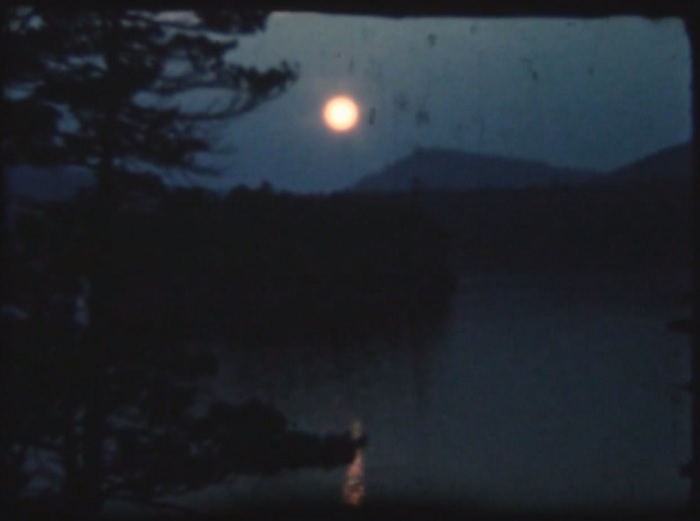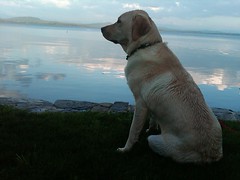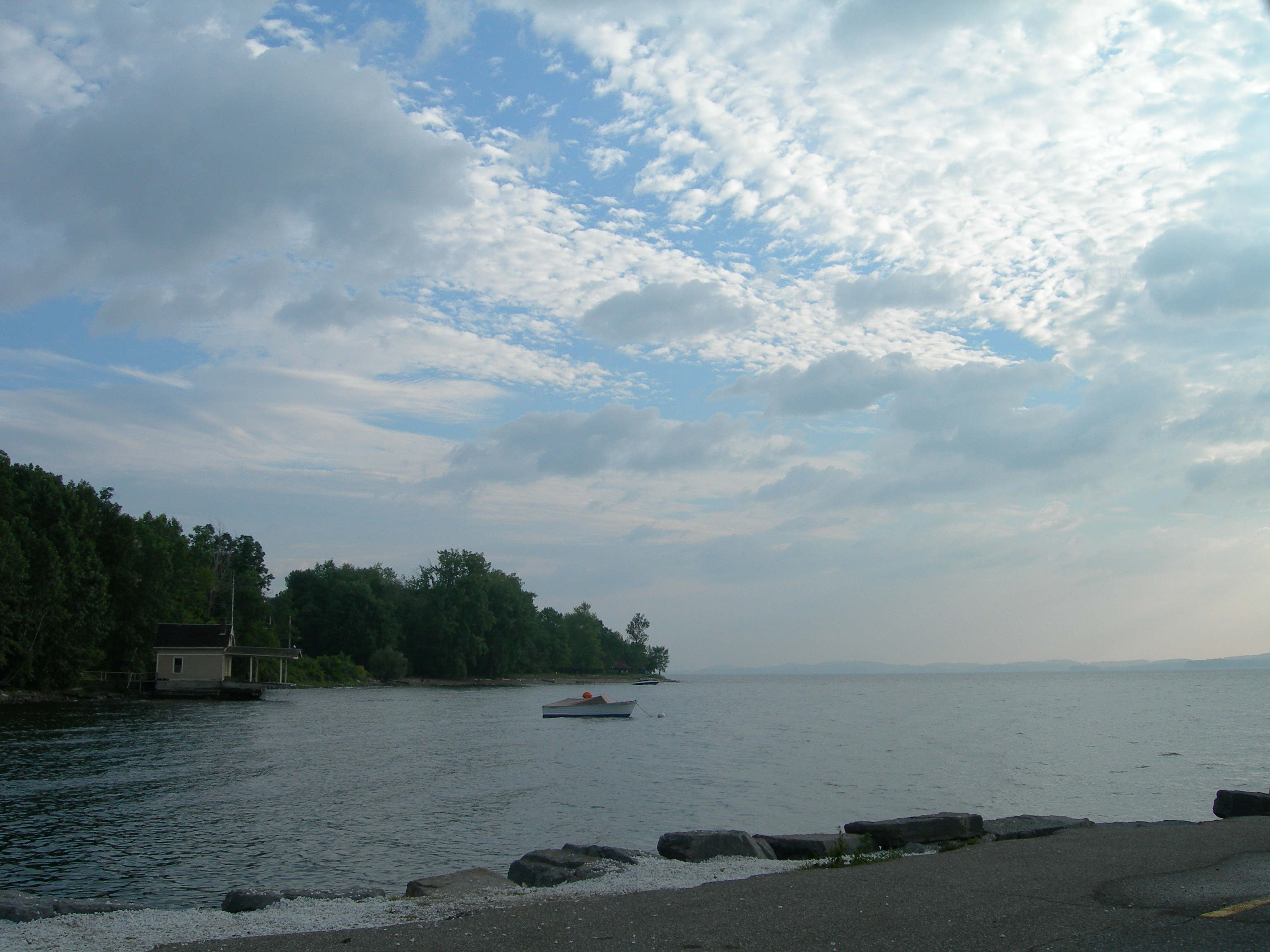
Monday morning media mashup? From Champlain Area Trails (CATS) to Old Adirondack, there are so many local news updates directly related to Rosslyn that I’ve collected the half dozen most relevant links for you. The titles are clickable links to the primary content, so once you’ve read each blurb (in most cases excerpted directly from the article/post/site) you can easily access the full story by clicking the link. Easy! In most cases the Rosslyn connection will be pretty obvious, but one or two might need some additional information. Feel free to ask me for clarification via comments on the bottom of this blog post, Twitter (@rosslynredux) or Facebook. Thanks!
Champlain Area Trails Hosts Author McKibben I spent the loveliest Saturday afternoon of 2011 at the home of acclaimed illustrator and author, Steven Kellogg. Kellogg hosted a lively and family-friendly fundraiser for Champlain Area Trails (“CATS”) at his historic Blockhouse Farm in Essex, New York. 70 degrees in a clear blue sky, a light breeze, and the sweeping grounds organically manicured sloping to an immense vista of Lake Champlain – exactly what you dream of when you think “summer day” in the Adirondacks. The postcard-perfect weather and view seemed to join us in celebrating CATS’ mission to link communities and connect people with nature. The focal point of the festivities was author and educator, Bill McKibben. (LakePlacid.com)
USGS real-time water data for Lake Champlain: 101.87 feet Despite growing superstitions about acknowledging falling water levels on Lake Champlain, I must celebrate the good news. Our majestic lake has finally fallen beneath 102 feet. The last week has been marked by a rapidly dropping water level, and despite threats of a torrential downpour later this week, my optimism is rekindled. I only hope that progress is made quickly enough for local marinas, waterside restaurants and other businesses compromised by Lake Champlain flooding to recover. (USGS)
Essex County asks for emergency reassessments It would take an act of the State Legislature to adjust the tax assessments of people with severe flood damage from recent storms… [according to] Essex County Real Property Tax Service Director Charli Lewis… The committee promptly voted unanimously to ask the State Legislature to give local assessors the power to devalue properties that were walloped by the severe storms of late April and because of continued flooding. (Press Republican)
Lake Champlain marinas assess damage As the water level slowly begins to recede on Lake Champlain, marina owners and managers are beginning to assess the damage. According to Mike Winslow, a staff scientist with the Lake Champlain Committee, at this time of year, the average lake level is 95 feet… “We average approximately one week for the lake to drop 1 foot under ideal weather conditions,” he said. “The flooding has affected marinas, restaurants and any other facilities close to the lake. There’s a severe economic toll that this flooding is causing. That effect has also drastically affected Canadian patronage due to level of the Richlieu (River) as well.” As recently as mid-week, the lake leveled hovered near 103 feet, still well above its all-time record high. (Press Republican)
This Week’s Adirondack Web Highlights On Friday afternoons Adirondack Almanack compiles a collection of the week’s top weblinks. Rosslyn Redux was featured this past Friday as one of ten intriguing Adirondack stories. Check them all out and get a taste of the Adirondack experience!
- NY Outdoors: National Trails Day on Saturday
- Mike Lynch: DEC’ Response to Dispatching Questions
- Rosslyn Redux: Vintage Adirondack
- Mountain Dreams: Adirondack Video Shorts
- Video: W.W. Durant Cruise Ship Relaunch
- Mirror: 1950s Lake George Island Camping
- Emilie Drinkwater: Modern Adirondack Guiding
- Conservation: Do Plastic Corks Threaten Biodiversity?
- Todd Moe: Hunting Morel Mushrooms
- Glens Falls: First Food Co-Op Meeting
Willsboro Adirondack furniture maker closes Adirondack chairs may be riding a continuing wave of popularity, but one of the Adirondack Park’s most important furniture makes is closing it’s doors after a four year struggle to maintain its place in the market. Old Adirondack, located in Willsboro will lay off eleven full time employees… “The recession has done its damage and we just couldn’t last out the long hard slog any longer,” Maselli said. (North Country Public Radio)

















